Home>Gardening & Outdoor>Landscaping Ideas>What Happens To Grass When You Cut It
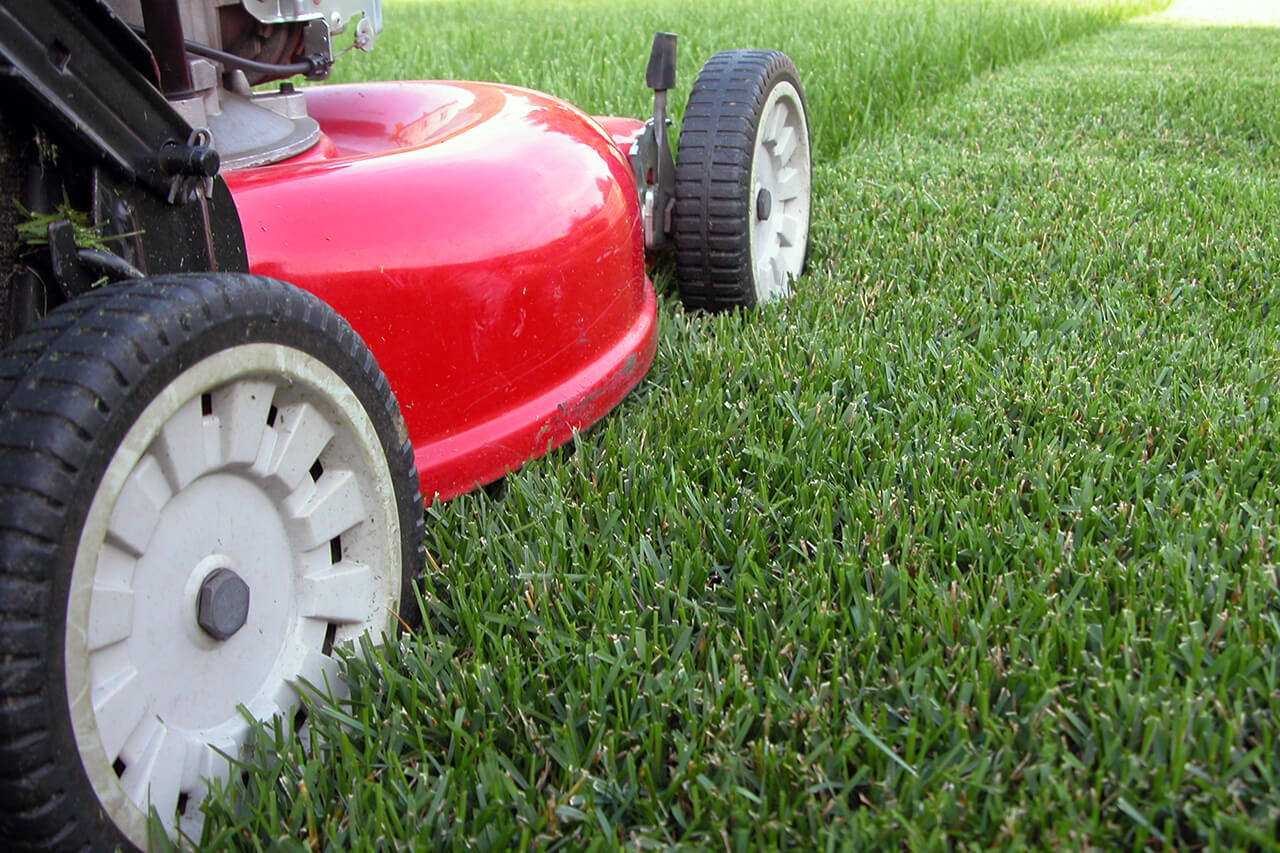

Landscaping Ideas
What Happens To Grass When You Cut It
Modified: October 19, 2024
Discover the impact of cutting grass on your lawn with these landscaping ideas. Learn how to maintain a healthy and vibrant lawn after mowing.
(Many of the links in this article redirect to a specific reviewed product. Your purchase of these products through affiliate links helps to generate commission for Storables.com, at no extra cost. Learn more)
**
Introduction
**
Grass is a fundamental element of many landscapes, serving as a lush green carpet that beautifies lawns, parks, and fields. The act of cutting grass is a routine task for many homeowners and landscapers, but have you ever wondered what happens to grass when you cut it? This seemingly simple action sets off a chain of fascinating biological processes within the grass itself. From the immediate effects of being trimmed to the long-term implications for growth and health, the act of cutting grass has a profound impact on its anatomy and overall well-being.
In this article, we will delve into the intricate world of grass and explore the physiological responses it undergoes when subjected to the lawnmower's blade. By understanding the anatomy of grass, the process of cutting it, and the subsequent effects, we can gain a deeper appreciation for this ubiquitous plant and the art of lawn maintenance. Let's embark on a journey to uncover the secrets of what really happens to grass when you cut it.
Key Takeaways:
- Grass responds to being cut by triggering a surge of growth hormones, leading to regenerative growth and a healthier root system. This process also naturally fertilizes the lawn, promoting sustainable lawn care practices.
- Regular mowing stimulates grass to develop a dense and resilient canopy, enhancing the overall health and visual appeal of the lawn. It also minimizes thatch buildup and supports the ecological balance of the soil.
Read more: What Happens To Grass If You Dont Cut It
The Anatomy of Grass
Before we explore the effects of cutting grass, it’s essential to grasp the basic anatomy of this resilient plant. Grass, belonging to the Poaceae family, is characterized by its narrow leaves, jointed stems, and fibrous root systems. Each blade of grass consists of several vital components, including the leaf blade, sheath, stem, and root system.
The leaf blade, the most visible part of the grass, is where photosynthesis occurs. This process enables the plant to convert sunlight into energy, essential for growth and sustenance. Surrounding the base of the leaf blade is the sheath, which encases the stem and provides structural support. The stem, also known as the culm, serves as the central axis of the grass plant, supporting the leaves and facilitating the transport of water and nutrients.
Beneath the surface, the root system of grass plays a crucial role in anchoring the plant into the soil and absorbing water and nutrients. The intricate network of roots extends horizontally and vertically, enabling the grass to thrive in various environmental conditions.
Moreover, grasses reproduce through the formation of seeds, which are contained within the inflorescence, or flower head. While not all grass species produce conspicuous flowers, the inflorescence is a defining feature of the plant’s reproductive cycle.
Understanding the anatomy of grass provides insight into its resilience and adaptability. This knowledge forms the foundation for comprehending how grass responds to the act of being cut and the subsequent implications for its growth and development.
The Process of Cutting Grass
When it comes to the process of cutting grass, several factors come into play, from the type of mower used to the height at which the grass is trimmed. The most common method of cutting grass involves the use of a lawnmower equipped with rotating blades that cleanly slice through the grass blades. The height at which the grass is cut can vary depending on the desired length and the specific requirements of the lawn or landscape.
For instance, a rotary mower, which is widely used for residential lawn maintenance, employs a horizontal spinning blade that severs the grass at an even height. On the other hand, reel mowers, characterized by their cylindrical blades, deliver a precise scissor-like cut, making them suitable for maintaining shorter grass heights, such as those found on golf course greens.
Regardless of the type of mower used, the act of cutting grass initiates a series of physiological responses within the plant. As the sharp blades make contact with the grass, they cleanly sever the leaf blades, prompting the plant to activate its regenerative mechanisms. The angle and sharpness of the mower blades play a significant role in determining the cleanliness of the cut and the overall health of the grass.
Furthermore, the frequency of mowing influences the overall health and appearance of the lawn. Regular mowing encourages the grass to grow denser and develop a more robust root system, contributing to a lush and vibrant lawn. Conversely, infrequent mowing can lead to the accumulation of thatch, a layer of dead grass and organic matter that hinders the penetration of water and nutrients into the soil.
Understanding the intricacies of the cutting process sheds light on the immediate effects it has on the grass and sets the stage for exploring the subsequent changes that unfold in the wake of being trimmed.
After cutting grass, water it to help it recover and grow back quickly. Avoid cutting more than one-third of the grass blade at a time to maintain its health.
Immediate Effects of Cutting Grass
As the lawnmower glides across the expanse of grass, the immediate effects of cutting become evident. The sharp blades cleanly sever the leaf blades, resulting in a uniform and well-groomed appearance. This visual transformation is a testament to the precision and artistry of lawn maintenance, but beneath the surface, the grass is undergoing a series of biological responses.
When grass is cut, it triggers a surge of growth hormones within the plant. This phenomenon, known as the “wound response,” compels the grass to initiate a rapid regenerative process to repair the damage caused by the cutting action. The plant mobilizes its resources to generate new growth, leading to the emergence of fresh, tender shoots that contribute to the rejuvenation of the lawn.
Additionally, the act of cutting grass influences the balance between the root system and the aerial components of the plant. By reducing the leaf blades, the grass reallocates its energy reserves, directing them towards root development and strengthening the overall structure of the plant. This shift in resource allocation promotes a healthier and more robust root system, enhancing the plant’s ability to absorb water and nutrients from the soil.
Furthermore, the clippings left behind after mowing contribute to the natural fertilization of the lawn. As the grass clippings decompose, they release essential nutrients back into the soil, enriching it with organic matter and supporting the long-term health of the grass. This process, known as “grasscycling,” minimizes the need for external fertilizers and nurtures a sustainable approach to lawn care.
Moreover, the immediate effects of cutting grass extend beyond the plant itself, influencing the microenvironment of the lawn. The finely trimmed grass blades create a neater and more manicured appearance, enhancing the aesthetic appeal of the landscape. Additionally, the act of mowing contributes to the removal of overgrown vegetation, promoting air circulation and reducing the risk of pest infestations and disease development.
Understanding the immediate effects of cutting grass provides insight into the dynamic interplay between the plant, the surrounding environment, and the practice of lawn maintenance. These effects set the stage for the long-term implications of regular mowing and its role in nurturing a thriving and vibrant lawn.
Long-Term Effects of Cutting Grass
While the immediate effects of cutting grass offer a glimpse into the plant’s regenerative capacity, the long-term implications of regular mowing play a pivotal role in shaping the health and vitality of the lawn. The frequency, height, and technique of cutting grass exert a profound influence on its long-term growth patterns and resilience.
Regular mowing stimulates the grass to develop a dense and uniform canopy, fostering a lush and visually appealing lawn. By consistently removing the top portion of the grass, the plant responds by producing new shoots and tillers, leading to increased tillering and lateral growth. This proliferation of new growth contributes to the development of a thick and resilient turf, capable of withstanding environmental stressors and foot traffic.
Furthermore, the height at which grass is mowed influences its long-term health and adaptability. Mowing at the appropriate height promotes the development of a robust root system, as the plant allocates resources to below-ground growth in response to the removal of the leaf blades. A deep and vigorous root system enhances the grass’s ability to access water and nutrients, making it more resilient during periods of drought and environmental fluctuations.
Consistent mowing also plays a crucial role in minimizing the accumulation of thatch, a layer of organic matter that can impede the movement of water, air, and nutrients into the soil. By removing the top portion of the grass regularly, the potential for thatch buildup is reduced, promoting a healthier and more breathable soil environment. This, in turn, fosters the proliferation of beneficial soil microorganisms and supports the overall ecological balance of the lawn.
Moreover, the long-term effects of cutting grass extend beyond the plant itself, influencing the aesthetic and functional aspects of the landscape. A well-maintained lawn enhances the curb appeal of residential properties, creates inviting outdoor spaces, and contributes to a sense of natural tranquility. Additionally, regularly mowed grass provides a safe and enjoyable environment for recreational activities, such as sports and leisurely strolls.
Understanding the long-term effects of cutting grass underscores the significance of regular maintenance in nurturing a vibrant and resilient lawn. By considering the interplay between mowing practices, plant physiology, and environmental dynamics, homeowners and landscapers can cultivate healthy and visually stunning landscapes that stand the test of time.
Read more: What Happens If You Touch Grass
Conclusion
The act of cutting grass transcends mere lawn maintenance; it is a dynamic interplay between the biological resilience of the plant and the artistry of landscape care. From the intricate anatomy of grass to the immediate and long-term effects of regular mowing, the journey of the humble blade of grass reveals a tapestry of regenerative processes and environmental interactions.
By understanding the anatomy of grass, we gain a newfound appreciation for its adaptability and vital role in shaping the outdoor spaces we cherish. The leaf blades, stems, and roots form the foundation for the plant’s response to the act of being cut, setting the stage for a cascade of regenerative growth and ecological interactions.
The process of cutting grass, whether with a rotary mower or a reel mower, initiates a symphony of biological responses within the plant. The precision of the cut, the frequency of mowing, and the height at which the grass is trimmed all contribute to the immediate and long-term effects on its growth patterns and overall health.
From the surge of growth hormones triggered by the wound response to the natural fertilization facilitated by grasscycling, the act of cutting grass embodies a harmonious relationship between plant physiology and sustainable lawn care practices. The visual transformation of a well-mowed lawn reflects not only the regenerative capacity of the grass but also the meticulous attention to detail and the nurturing of outdoor landscapes.
In conclusion, the journey of what happens to grass when you cut it unveils a captivating narrative of resilience, regrowth, and environmental stewardship. The next time you witness the lawnmower’s blades gracefully traversing the expanse of grass, take a moment to appreciate the intricate ballet of regenerative growth unfolding beneath the surface. Embrace the artistry of lawn maintenance and the enduring beauty of the grass beneath your feet, knowing that each cut is a testament to the vitality and adaptability of this ubiquitous plant.
Frequently Asked Questions about What Happens To Grass When You Cut It
Was this page helpful?
At Storables.com, we guarantee accurate and reliable information. Our content, validated by Expert Board Contributors, is crafted following stringent Editorial Policies. We're committed to providing you with well-researched, expert-backed insights for all your informational needs.
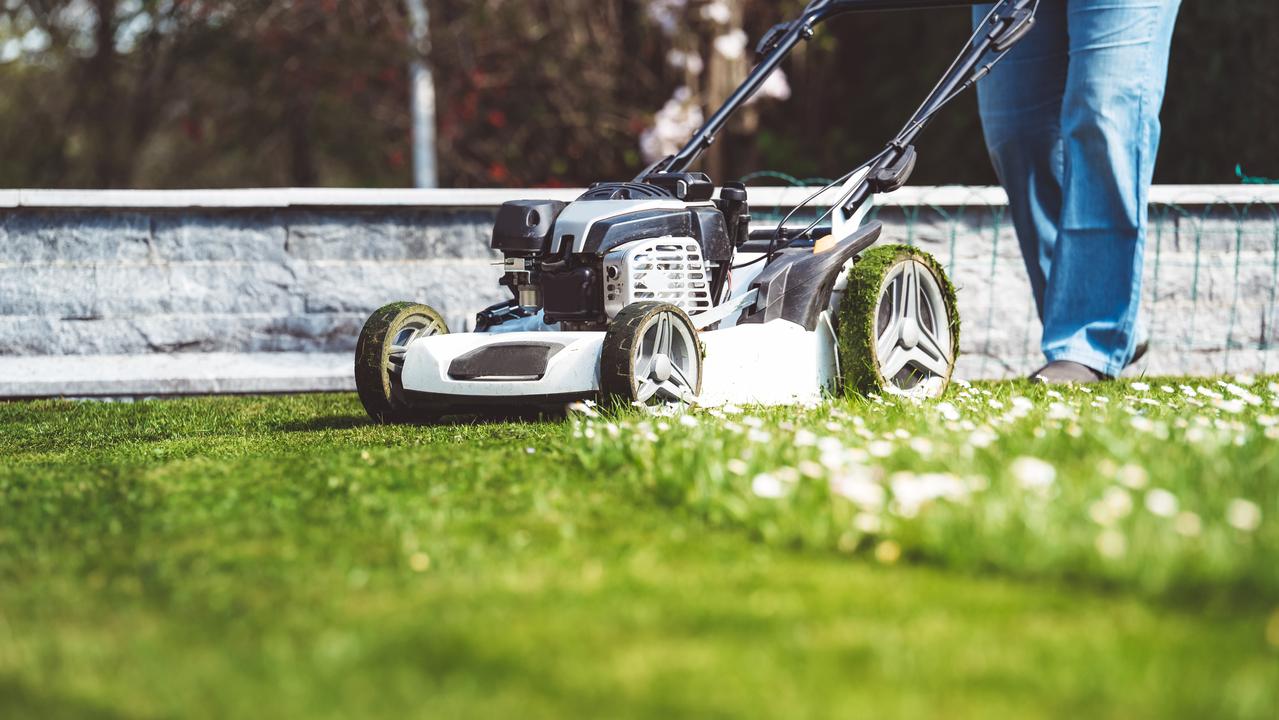
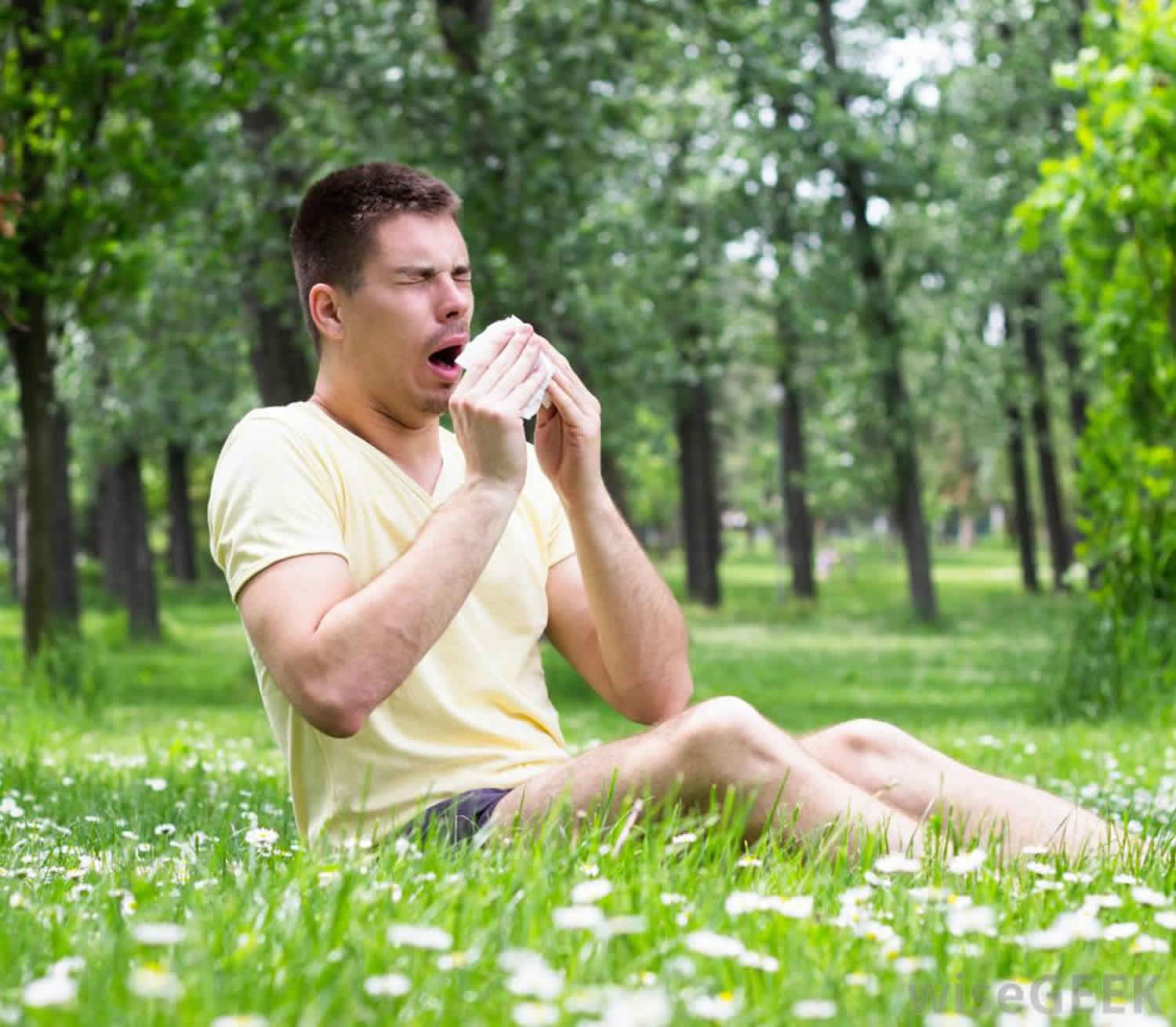
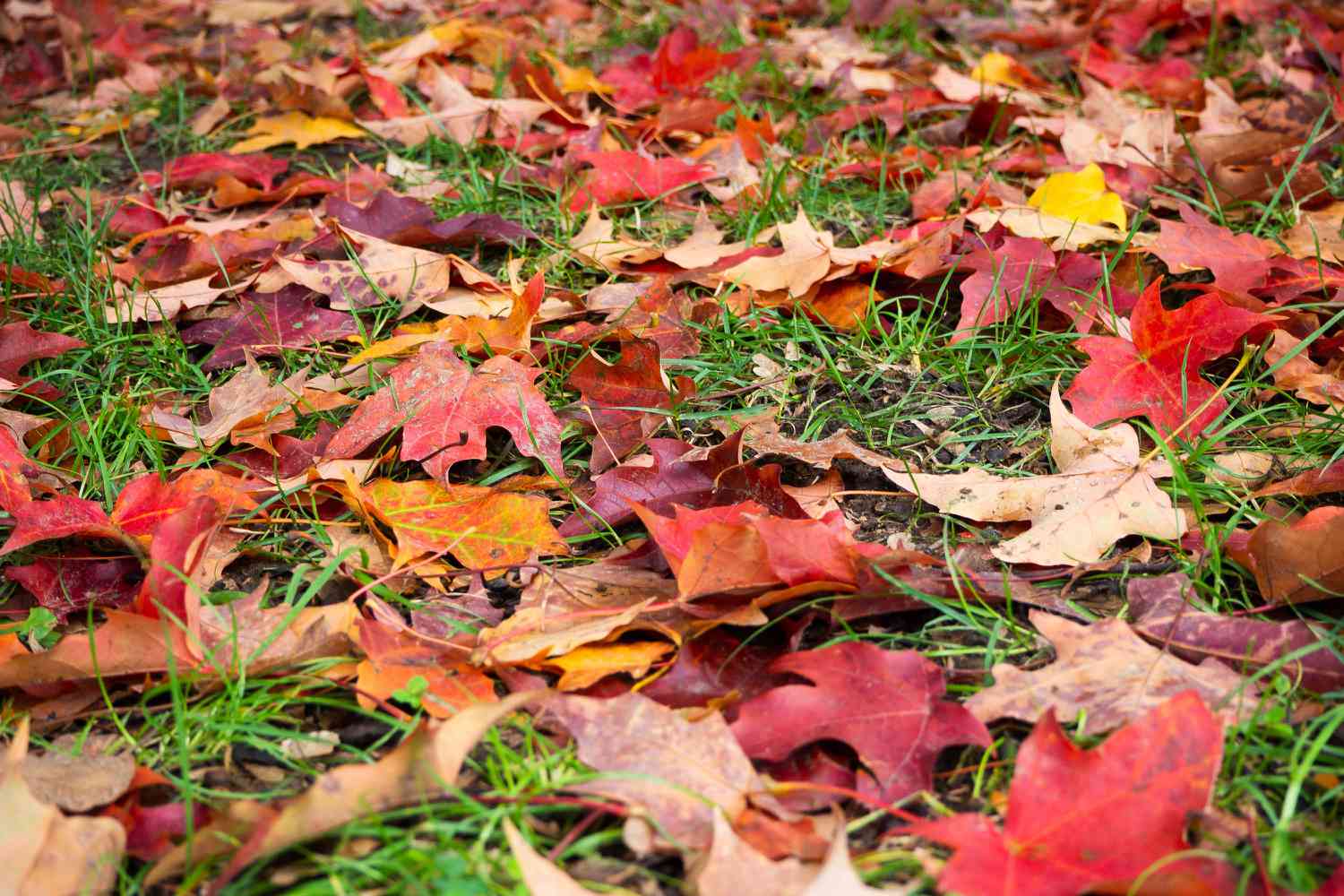

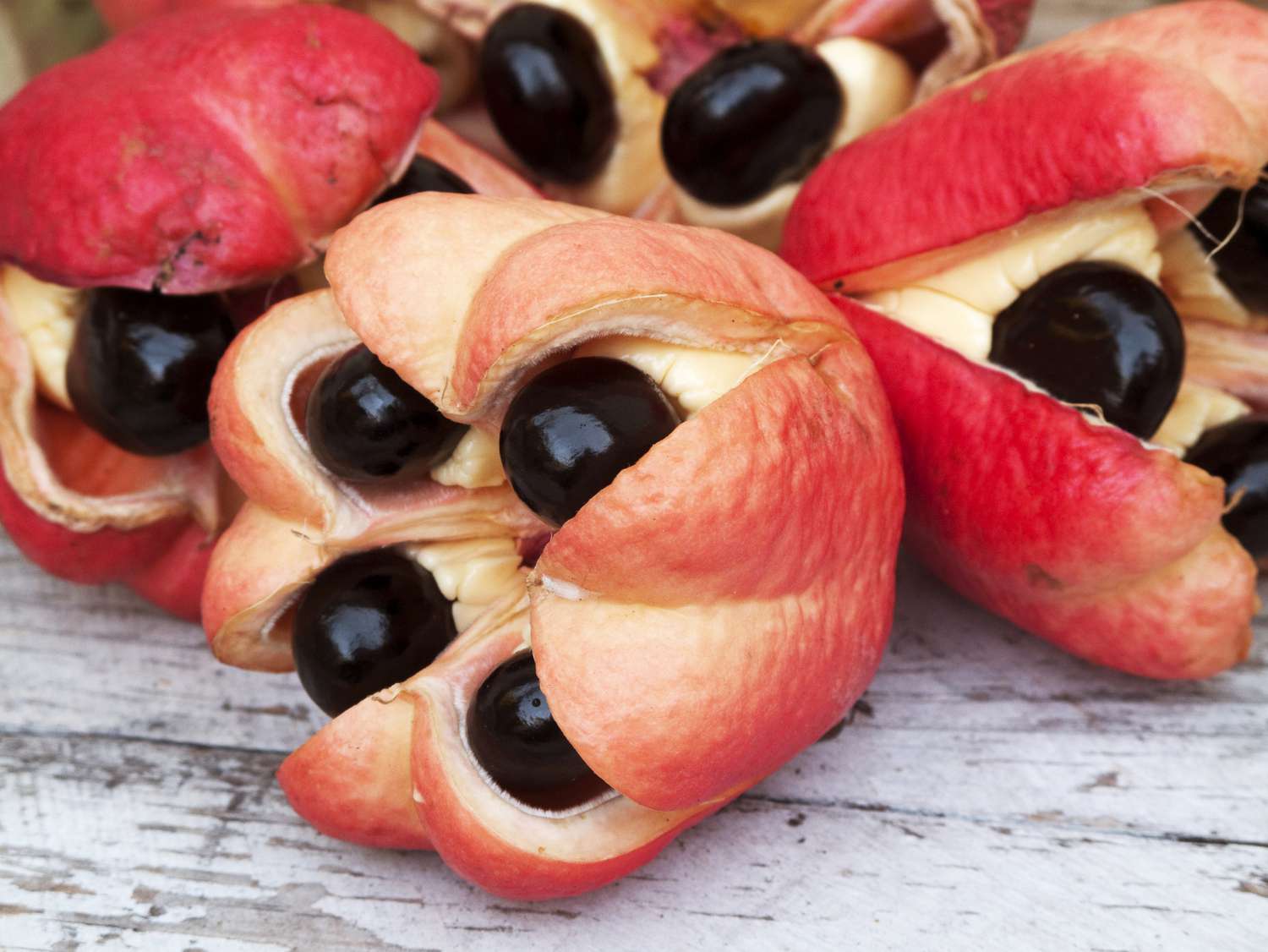
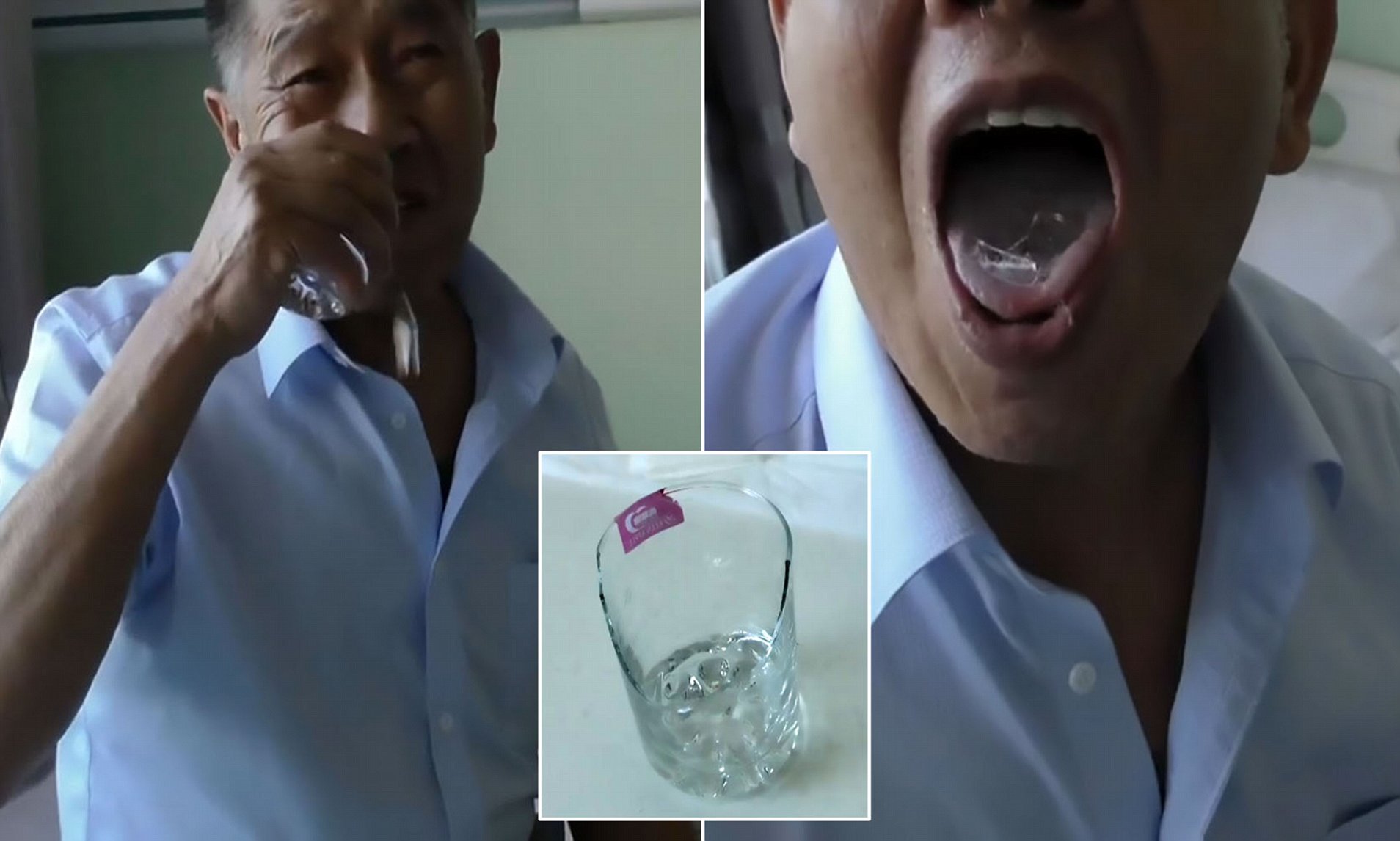
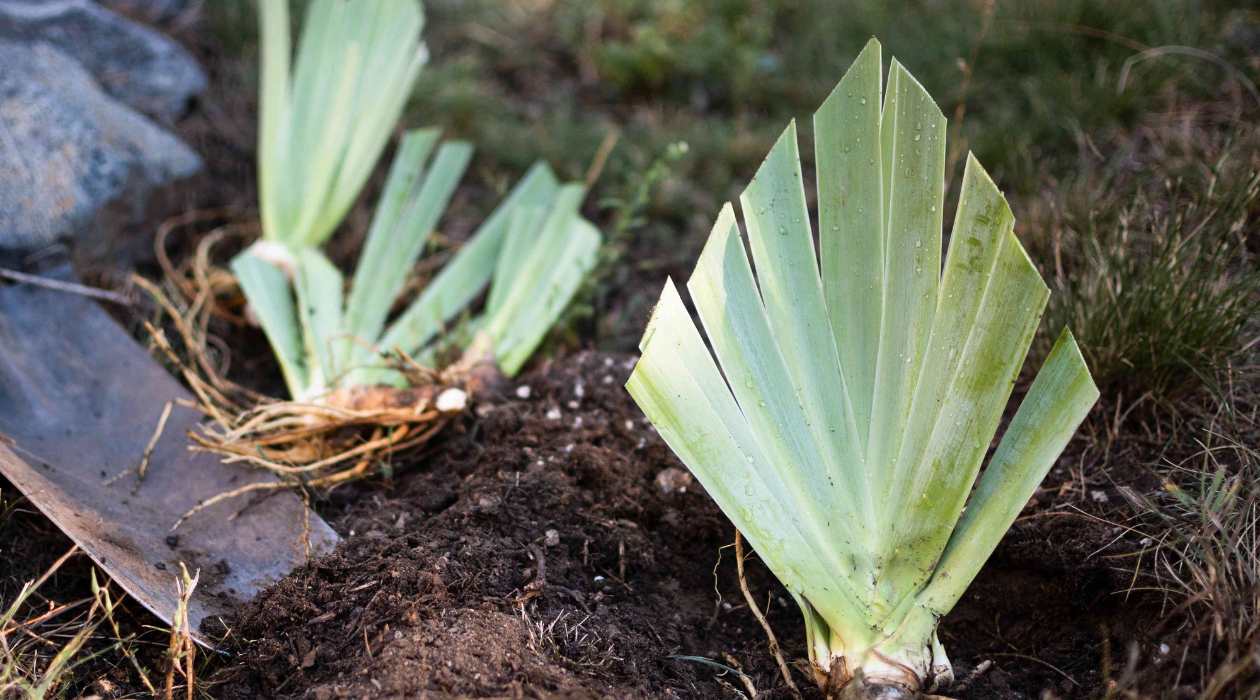
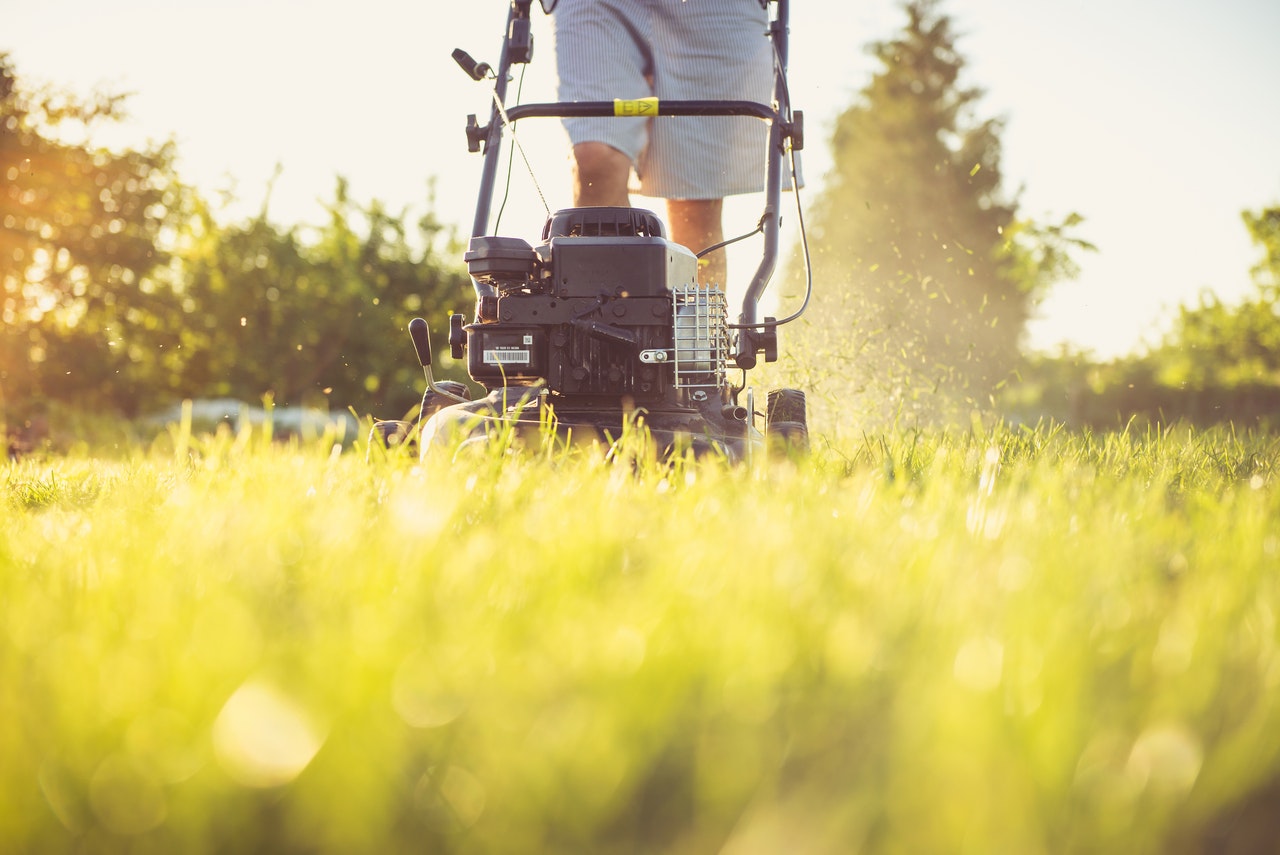
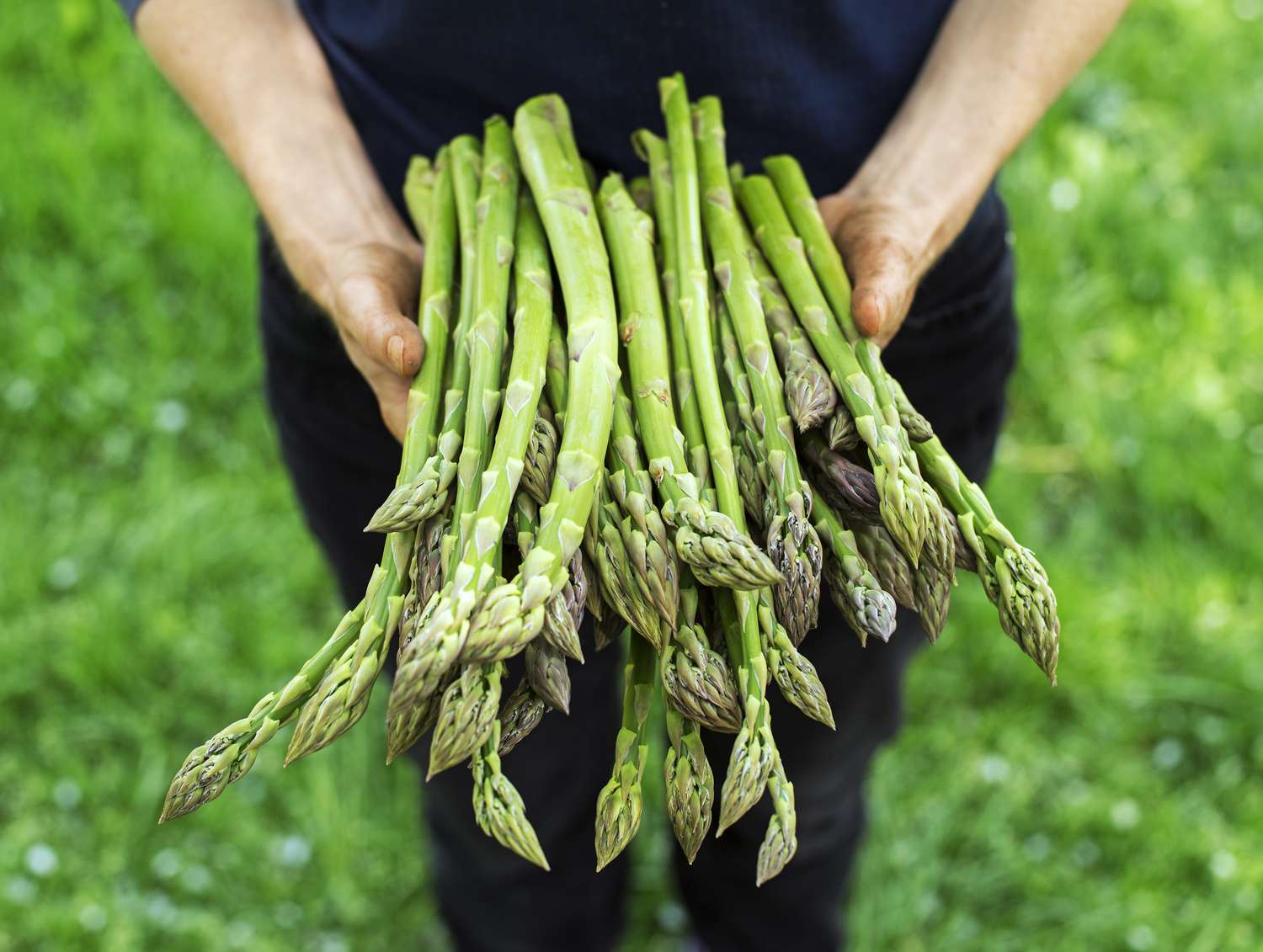
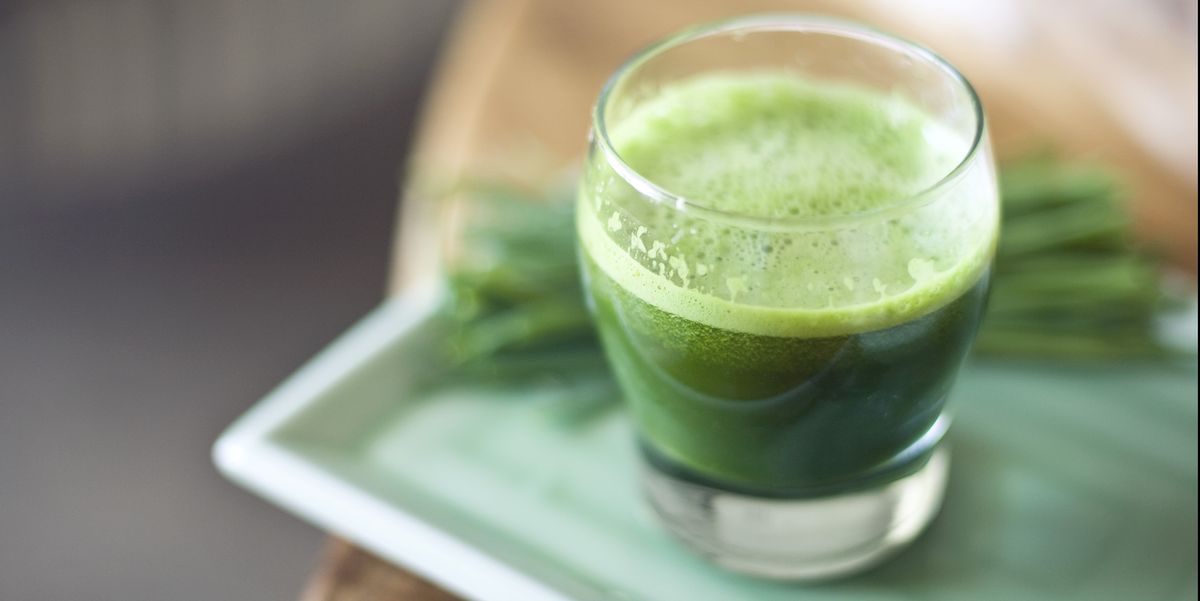
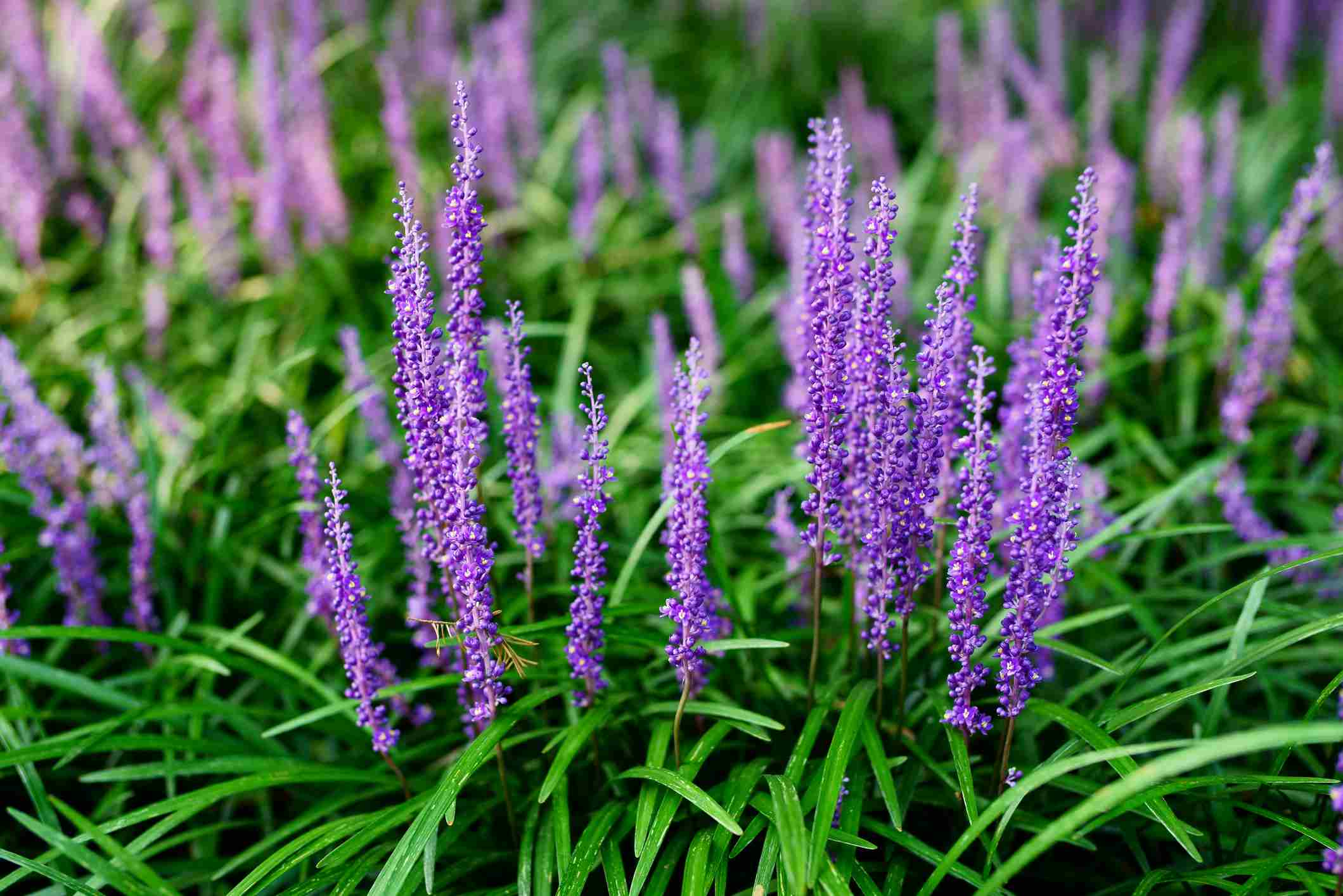

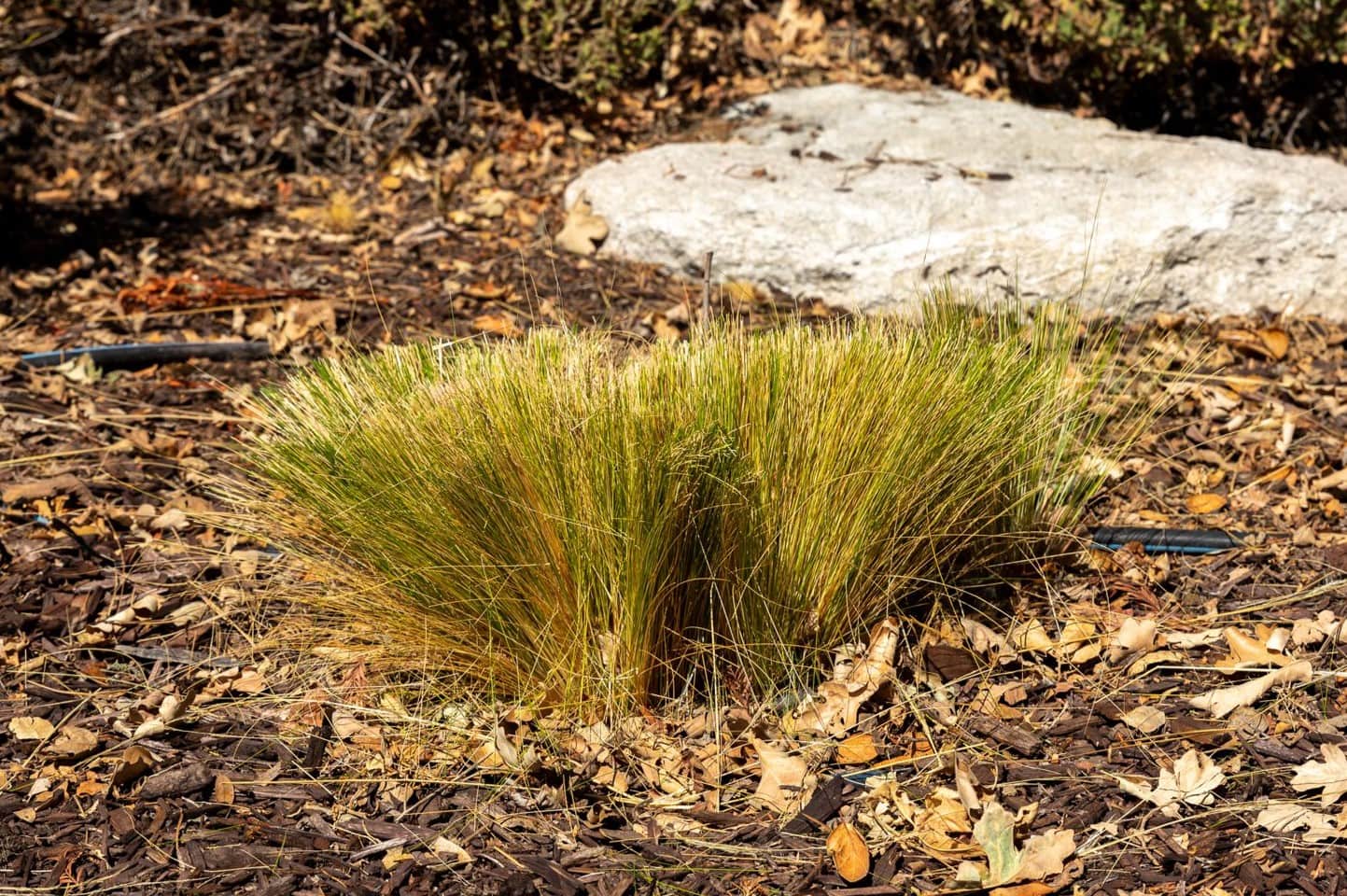


0 thoughts on “What Happens To Grass When You Cut It”